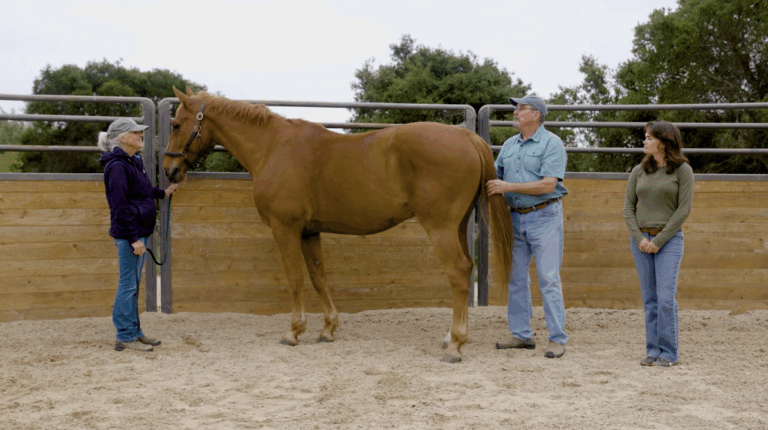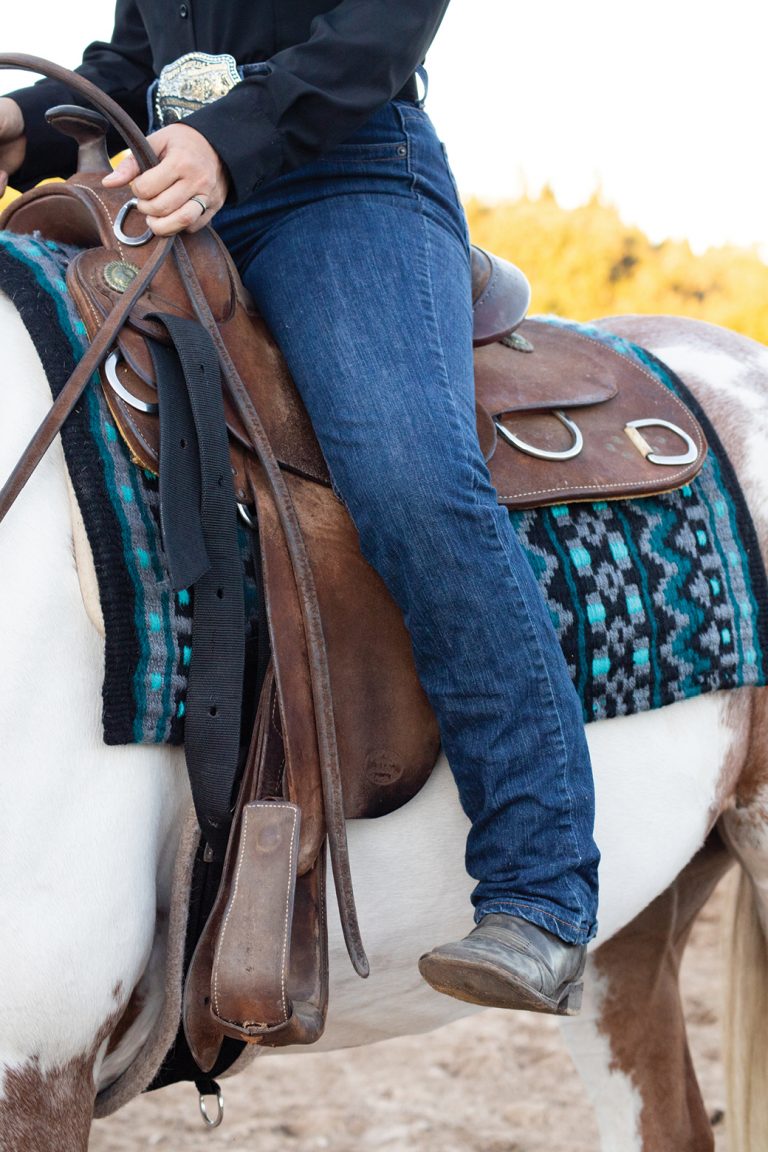This article is part of our Joint and Hoof Health Awareness Month brought to you by Cosequin Joint Health Supplements.
Keeping your horse’s feet at their healthiest requires ongoing attention and effort. Here’s a roundup of key strategies for promoting strong, resilient hooves, plus advice for dealing with your horse’s specific foot problems.

Callipso/iStockPhoto.com
Good Nutrition
Healthy feet start inside your horse. Because the hoof wall consists largely of keratin, a structural protein, your horse’s diet must contain enough high-quality protein to supply the amino acids essential for hoof growth. A good hay provides most horses’ protein requirement. If your hay is low in protein (you can tell by having it tested), supplement your horse’s intake with a commercial concentrate. Also avoid feeds containing excess sugars and starches as they increase your horse’s risk of laminitis.
Feeding a supplement regularly can also with healthy hoof growth. The nutrient biotin has been shown to encourage growth and improve horn quality. Methionine and lysine are important for protein production in horse hooves. And copper and zinc play important roles in the formation of protein. You can find all those ingredients in Cosequin’s ASU Joint & Hoof Pellets.
Professional Care
Set a regular schedule with a competent farrier or trimmer on a frequency that suits your horse’s needs. This is typically every four to six weeks. Hoof care should be individualized rather than formulaic. Tell your hoof-care professional you’re interested in optimal foot health, and chat with him or her at each visit about the ongoing condition of your horse’s hooves.
Daily Maintenance
Pick out your horse’s feet regularly to keep the frog healthy and thrush-free, and to inspect the foot for early signs of injury or disease. Come to know what’s normal for your horse, including the temperature of the foot in your hand (an increase can indicate inflammation).
Suitable Surfaces
Clean your horse’s stall or pen regularly so he’s not standing in manure. Avoid living conditions that result in his feet getting wet and then drying out every day, which promotes dryness and contraction of hoof tissues. Ride on appropriate footing free of bruise-causing stones. Use common sense on trails, and extra care anyplace you can’t see the footing clearly (e.g., muddy stream crossings). If your horse is barefoot, always consider the potential need for protective boots over ground that’s harder or rockier than he’s accustomed to.
Regular Exercise
Movement promotes circulation and stimulates hoof growth. Ideally, keep your horse where he can move around naturally throughout the day and night (such as in a pasture, pen, or stall-with-run). Work him regularly, too, especially if his set-up doesn’t allow for maximum movement.
Learn More about Joint and Hoof Health Month Here:




